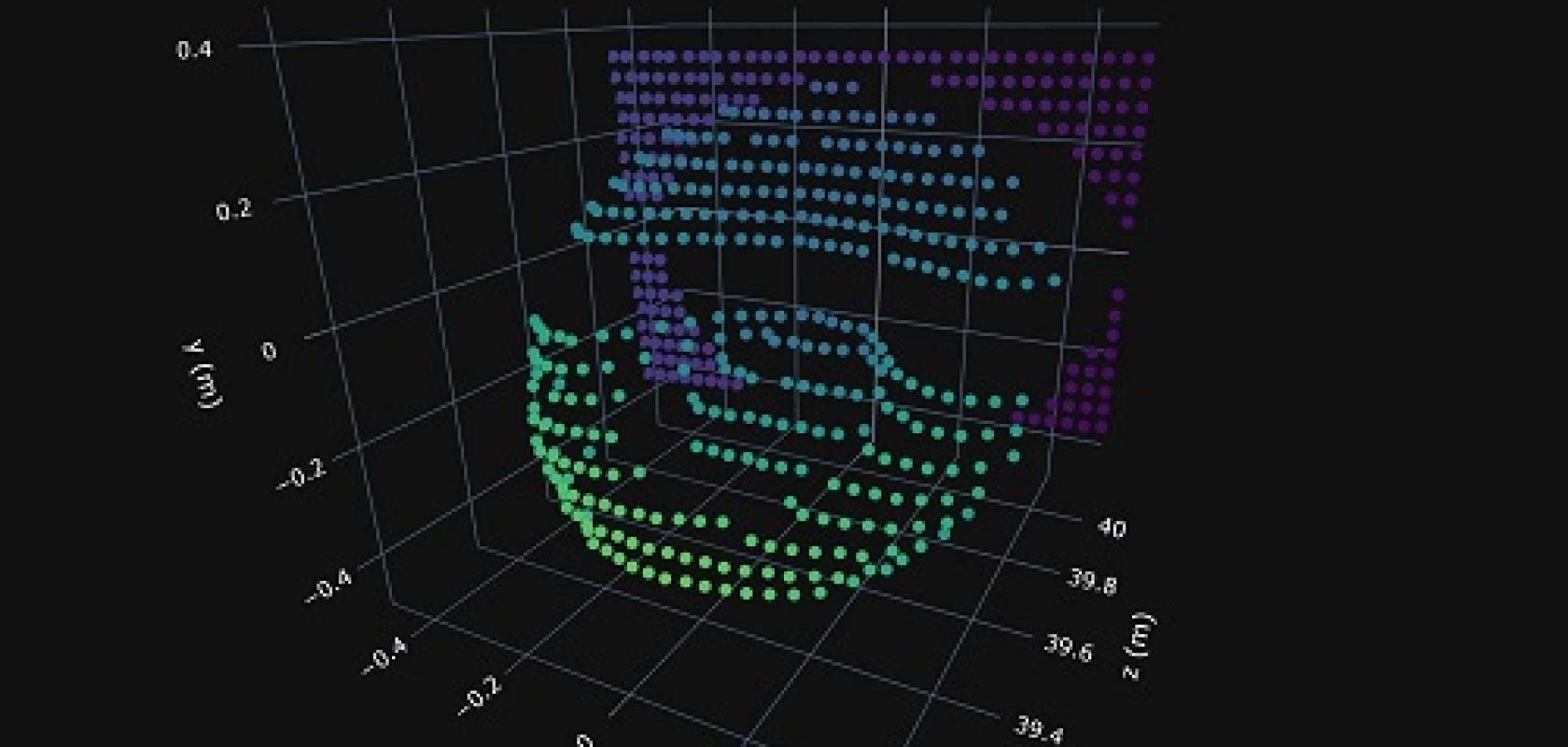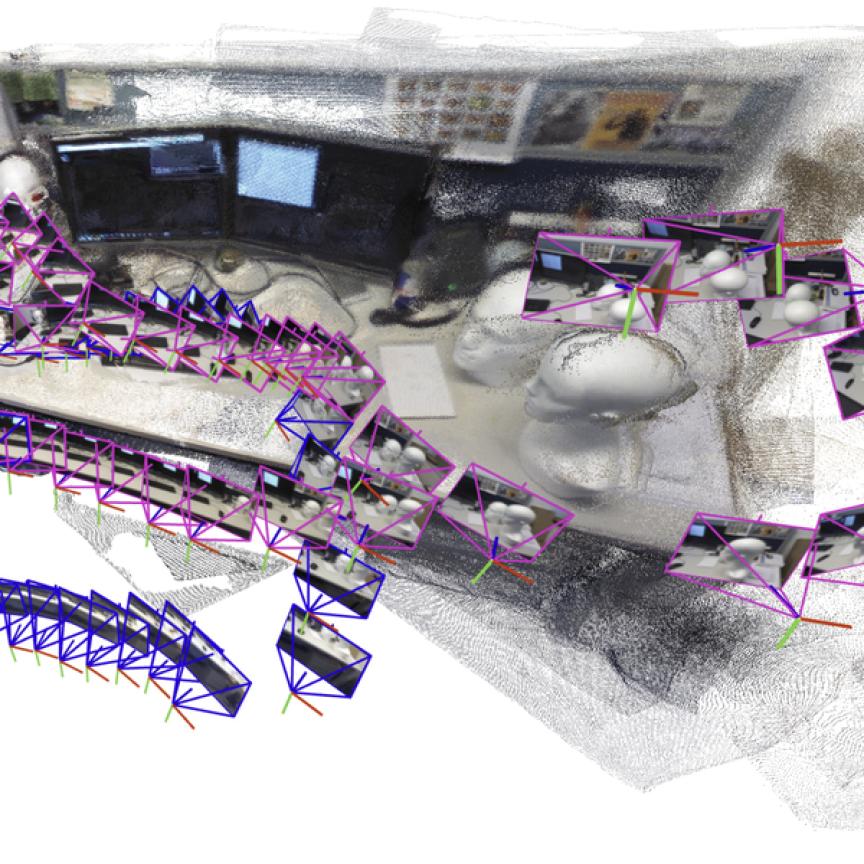Researchers in Southampton, UK and San Francisco have developed a lidar sensor that could pave the way for low-cost, high-performance 3D imaging.
The new lidar technology exceeds the performance and accuracy of most mechanical systems, according to the scientists that built it from the University of Southampton’s Optoelectronic Research Centre (ORC) and Pointcloud in San Francisco.
In a paper published in Nature, the team demonstrate the operation of a large-scale coherent detector array consisting of 512 pixels. Previous systems based on similar technology have been restricted to fewer than 20 pixels because of the difficulty in providing electrical and photonic connections to every pixel.
The chip uses silicon photonic components combined with CMOS electronic circuits. It achieves an accuracy of 3.1mm at a distance of 75 metres when using 4mW of light. This, according to the scientists, is 'an order of magnitude more accurate than existing solid-state systems at such ranges'.
There is currently a lot of development activity around lidar within the automotive space, as it's one of the sensing technologies for autonomous driving. In industrial vision, time-of-flight cameras work on a similar principle to lidar, but without scanning the pulses of light. The team at ORC and Pointcloud say their technology holds promise for use in robotics, autonomous navigation, augmented reality and healthcare.
Graham Reed, professor of silicon photonics at ORC, said: 'Lidar has been promising a lot but has not always delivered on its potential in recent years because, although experts have recognised that integrated versions can scale down costs, the necessary performance has not been there. Until now.
'The silicon photonics system we have developed provides much higher accuracy at distance compared to other chip-based lidar systems to date, and most mechanical versions, showing that the much sought-after integrated system for lidar is viable.'
Remus Nicolaescu, CEO of Pointcloud, added: 'The combination of high performance and low cost manufacturing will accelerate existing applications in autonomy and augmented reality, as well as open new directions, such as industrial and consumer digital twin applications requiring high depth accuracy, or preventive healthcare through remote behavioural and vital signs monitoring requiring high velocity accuracy.'
The research teams are now working to extend the pixel arrays and the beam steering technology to improve performance.
The scientists state in the research paper: 'Future reductions of pixel size using state-of-the-art components could yield resolutions in excess of 20 megapixels for arrays the size of a consumer camera sensor.'


